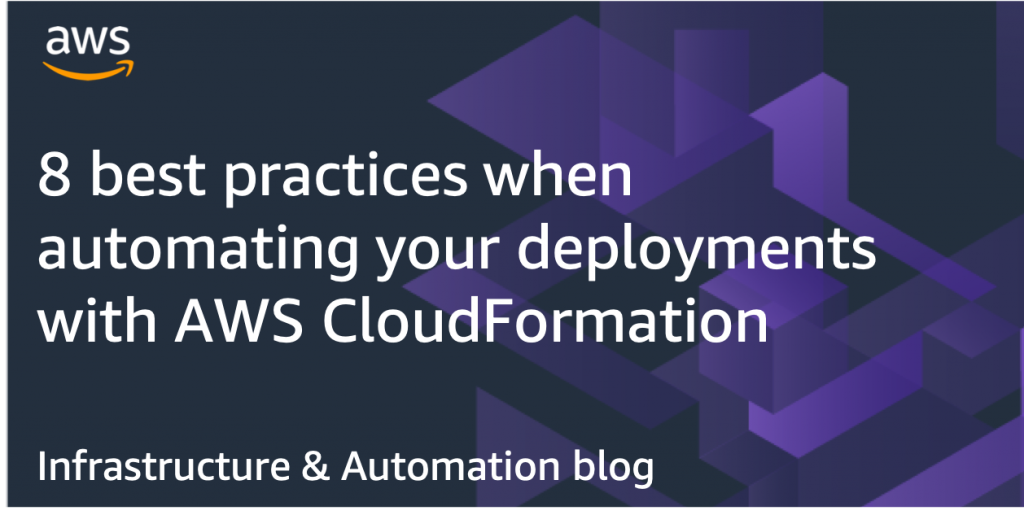Integration & Automation
Tag: AWS CloudFormation stacks
Keep your AWS resources when you rename an AWS CloudFormation stack
Learn how to change the name of a CloudFormation stack without deleting the resources that it manages. In the walkthrough, which uses a simple architecture with a single resource, a virtual private cloud (VPC), you add a Retain attribute to the resource’s deletion policy so that the resource isn’t lost when that stack is deleted.
Automate IAM credential reports at scale across AWS
Automate and consolidate IAM credential reports for your AWS accounts using a scalable infrastructure-as-code automation.
Use Python to manage third-party resources in AWS CloudFormation
Use Python and AWS CloudFormation to create, register, and use a resource type.
8 best practices when automating your deployments with AWS CloudFormation
Learn how to save time, effort, and frustration when automating your workload deployments using AWS CloudFormation.
Best practices for using Amazon S3 endpoints with AWS CloudFormation
Learn why you want to shift from path-style to virtual-hosted-style S3 endpoints in your AWS CloudFormation templates.
Conditionally launch AWS CloudFormation resources based on user input
Here are two patterns that you can add to AWS CloudFormation to customize automated deployments based on values provided during the launch. The first pattern is for designing nested stacks that are optional. The second pattern allows you to change template URLs based on the current scenario.
Multiple-account, multiple-Region AWS CloudFormation
AWS CloudFormation nested stacks execute in the same account and AWS Region as the parent stack. This post shows you how to nest stacks in different accounts, Regions, or IAM identities.
Scheduling automatic deletion of AWS CloudFormation stacks
Instead of manually cleaning up your temporary AWS CloudFormation stacks, use this mechanism to automatically delete your demonstration stacks after a specified amount of time has elapsed.







